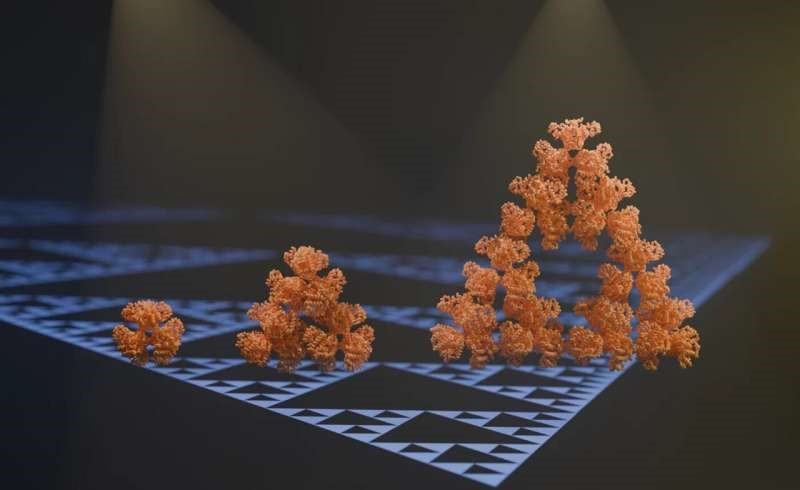





Source: Phys.org
Disclaimer: Copyright infringement not intended.
Context
Details
Background
What are Fractals?
Properties of Fractals:
Types of Fractals:
Applications of Fractals:
Sources:
|
PRACTICE QUESTION Q. Fractals represent a intersection of mathematics, art, science, and technology. Examine. (250 Words) |









© 2026 iasgyan. All right reserved